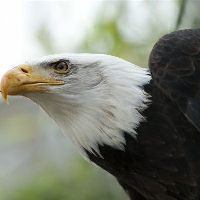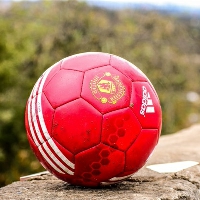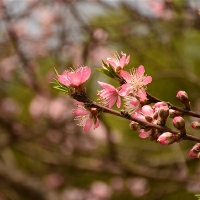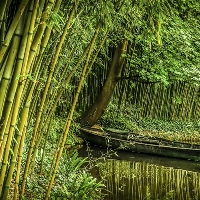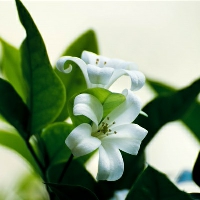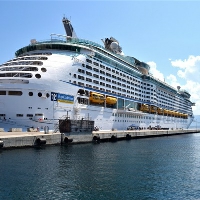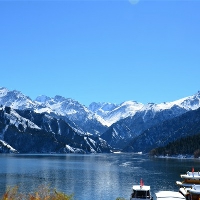Topic content:
Read the distribution diagram of China's Antarctic Survey Station and the "Four South Pole Points", and answer the following questions.
Subtitle 1: The wrong thing about the description of the characteristics of Antarctica
A. It is the continent with the highest average altitude in the world
B. November to March is the best time for scientific examination
C. It is the continent with the richest freshwater resources in the world
D. The natural environment is primitive and there are many kinds of animals and plants Subtitle 2: About the description of the scientific research station in the picture, the correct thing is
A. The distance from the freezing point to the pole is 2000 km
B. The Great Wall Station is the nearest investigation station to China
C. The magnetic point is located in the northeast of Zhongshan Station
D. The high point is the highest altitude in Antarctica 3: On December 18, the team arrived at the continental margin ice area 12 nautical miles away from Zhongshan Station in Antarctica. After careful study, it decided to abandon the original plan of transporting goods on ice and use helicopters to transport goods to Zhongshan Station. The reason may be
A. Fast air transportation and convenient transportation
B. The temperature is too high, and the continental ice is soft and cracked
C. Inconvenient to walk on ice
D. The temperature is very low, so it is not suitable for long-term outdoor activities
Best answer:
Subtopic 1: D
Subtitle 2: C
Subtopic 3: B
Answer analysis:
Subtitle 1: The natural environment of Antarctica is primitive, but the natural conditions are poor, and there are few kinds of animals and plants.
Subtitle 2: The latitude distance between the freezing point and the pole is about 11.5 degrees, and the actual distance is about 1300 kilometers; Although the Great Wall Station has the lowest latitude, it is near the Atlantic Ocean, and Zhongshan Station near the Indian Ocean is the nearest to the motherland; The high point is the highest point of the Antarctic ice dome (4083m above sea level), and the highest point in Antarctica is Mount Vincent, 5140m above sea level.
Subtitle 3: The change of the investigation team to use aircraft to transport materials is related to the cracking of the ice surface.
Test core:
Globe: people imitate the shape of the earth and reduce it in a certain proportion to make a model of the earth - the globe.
(1) The earth axis - the imaginary axis of the earth's rotation (2) The poles - the earth axis passes through the earth's center and intersects the earth's surface at two points. The point pointing to the North Star is called the North Pole; The opposite of the North Pole is called the South Pole.
(3) Equator - a large circle on a globe that is equidistant from the north and south poles.
Longitude and latitude lines: Longitude and latitude lines are drawn on the globe and map in order to determine the position and direction on the earth. There is no longitude and latitude line on the ground. The line connecting the north and south poles is called longitude. The line perpendicular to the longitude is called the weft line. A weft line is a circle of unequal lengths. The longest latitude line is the equator. Because longitude indicates the north-south direction, it is also called meridian. According to international regulations, the longitude passing through the original site of the British Greenwich Observatory is called the 0 ° longitude, also called the prime meridian. On the earth, the longitude indicates the north-south direction, and the latitude indicates the east-west direction.
(1) Latitudinal line: a circle circling the earth in the east-west direction.
(2) A line connecting the north and south poles and perpendicular to the latitude line.
